Originally posted by Joseph Upson
View Post
(Hey, wait a minute -- didn't you also say the "average size intercooler" didn't have significant pressure drop anyway?*....and what about extra room for the tank, hoses, pump, optional heat exchanger?.... oh well.)
To get that low pressure drop, the key is to have a large charge inlet area, with a relatively small distance from inlet side to outlet. However, in an air-to-water unit of practical size, that also means the inlet/outlet area for the water will be relatively less, and longer from inlet to outlet. That will restrict the pump somewhat. Add in some long hoses, and you may find that a pump rated at 20 GPM only gets you 5 GPM. That can be good enough, (even optimum) for medium boost, but more flow may be needed for high boost.
On my Spearco unit, up to 11 psi boost, I couldn't detect any pressure drop at all, from SC outlet to upper intake. I found restrictions upstream due to the MAF and TB to be more troublesome with the M62 kit, once boost was increased.
100 % efficiency! That sounds pretty good, what about numbers to back it up? I try to find simple and practical ways to track how the system is doing, a bottom-line approach. Therefore I monitor resultant IAT in the upper intake manifold, after the charge air gets through the entire system, recorded from the beginning to the end of a run.
I can tell you that even with iced water flowing through the core (34-40 degrees F.), it is extremely difficult on a hot day to not have the upper intake temp rise. On an average day with ambient temperature between 60 and 70 degrees F., wonderful things can happen, provided the ECT also stays reasonably low. Given those conditions, looking at previous scans, the maximum rise in intake manifold temp stayed between about 6 to 15 degrees. Only on rare occasions did the upper intake temp drop to or slightly below the starting temperature. That's with temperatures of over 250 degrees F. out of the SC, 9-12 psi boost.
*
Originally posted by Joseph Upson
View Post
What have you found the "average intercooler" pressure drop is? And at what boost levels? Most air-to-air units I've seen were sized for convenience, and not optimally configured as well.
Originally posted by Joseph Upson
View Post

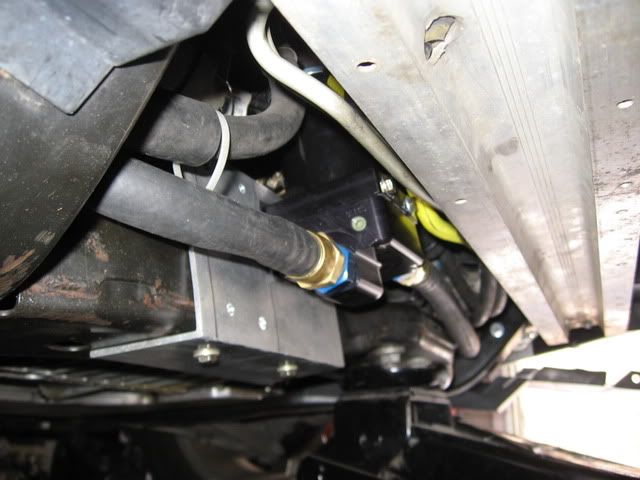
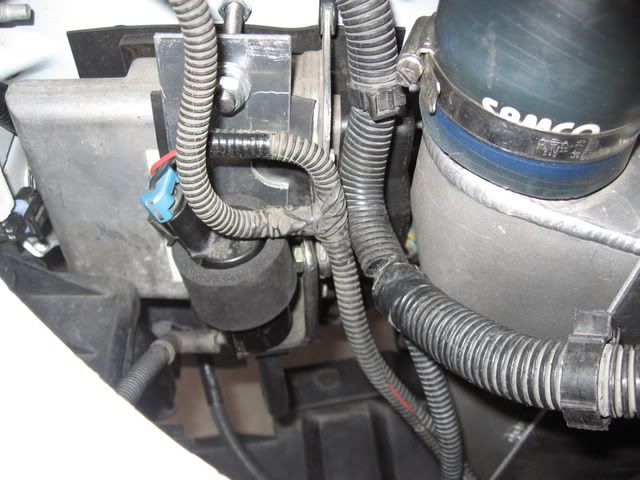
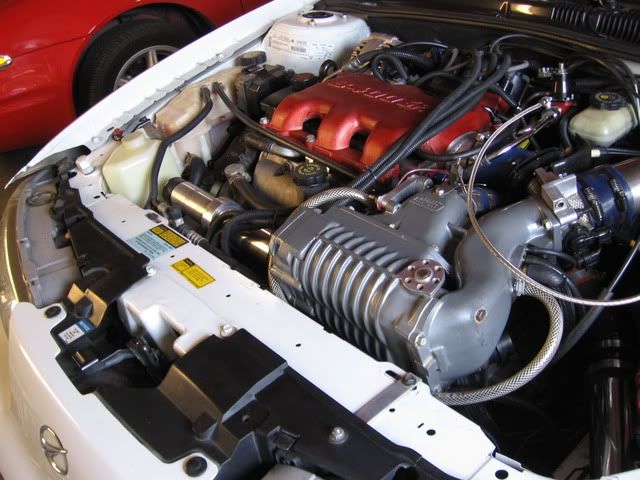

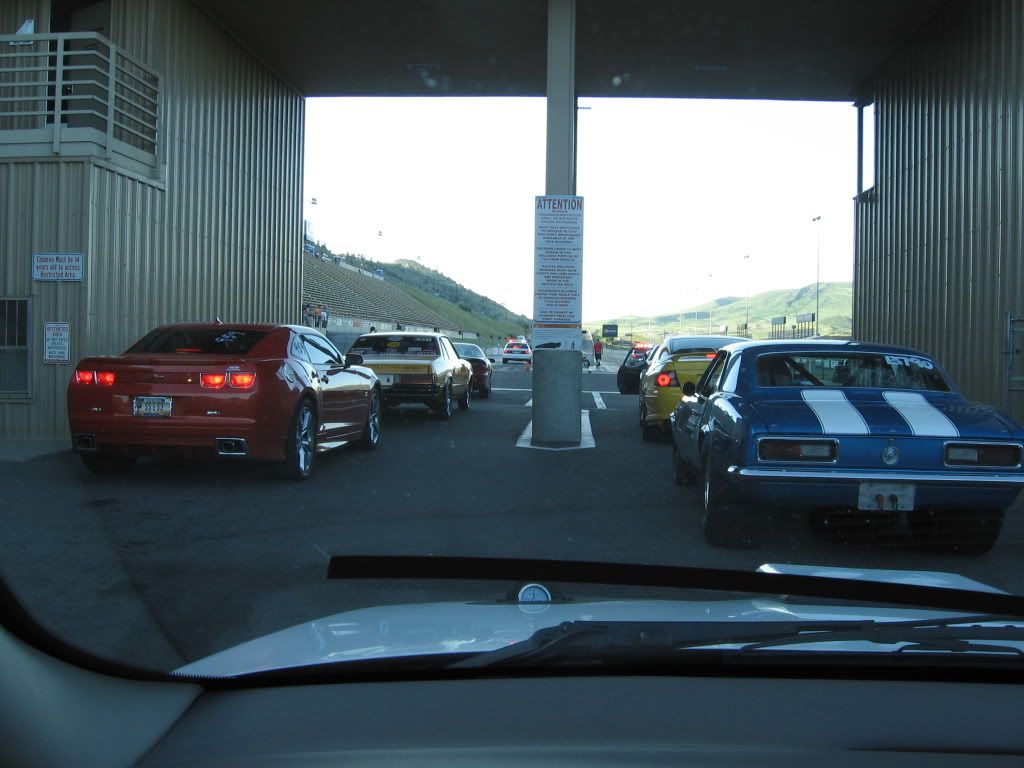
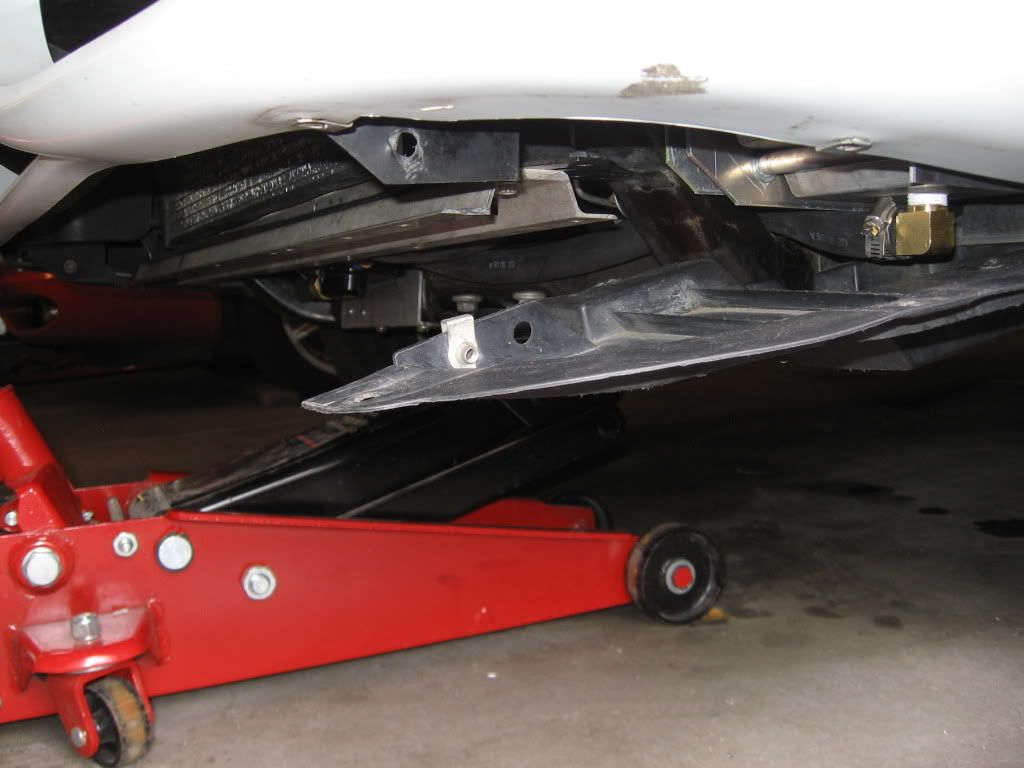
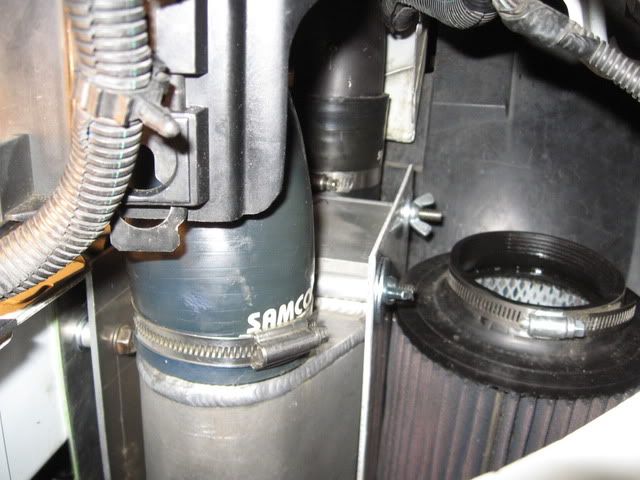
Comment